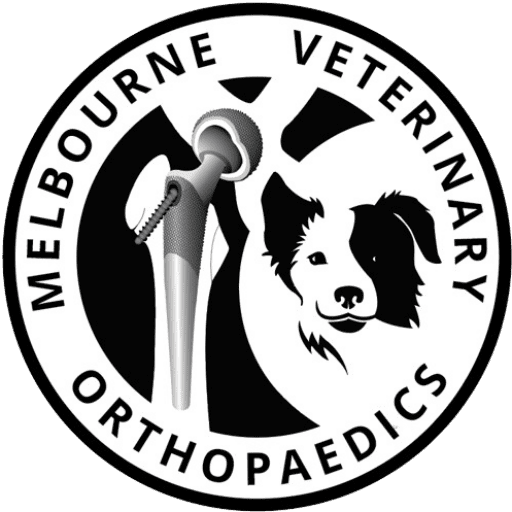Treatment Outcomes for Periprosthetic Femoral Fractures in Cementless Press-Fit Total Hip Replacement
Isobel C Monotti 1, Christopher A Preston 2, Scott W Kidd 3
Objective: The aim of this study was to report outcomes in dogs with periprosthetic femoral fractures associated with a press-fit cementless femoral total hip replacement implant.
Materials and methods: Electronic medical records and digital radiographs were used to identify dogs with periprosthetic femoral fractures associated with press-fit cementless total hip replacement. Data collected included signalment, weight, time of fracture, cause of fracture, presence of intra-operative fissure, fracture type, repair technique, and clinical and radiographic outcomes. Long-term patient outcome was assessed by communication with owners or referring veterinarians.
Results: Twenty-eight dogs with femoral fracture repair associated with cementless press-fit total hip replacement were identified. Eight of the fractures occurred intraoperatively and 20 occurred at a median of 2 days postoperatively. An oblique or spiral configuration was noted in 19 cases and 15 occurred at the distal end of the femoral stem (type B), with thirteen type B1, one type B2 and one type B3 fractures. Fractures were repaired with non-locking (18/28) or locking-plate fixation (10/28). Cerclage wire was applied around the plate and proximal bone segment in 17/28 dogs. Major complications occurred in 7/28 cases (five deep infection, two mechanical failures). Bone healing was noted in 21/23 cases, for which follow-up radiographic interpretation was available. Return to function was complete in 17 cases, acceptable in 8 cases and unacceptable in 3 cases.
Conclusions: While cementless total hip replacement periprosthetic femoral fractures can be successfully repaired with
lateral plate fixation, the risk of infection appears to be high.
